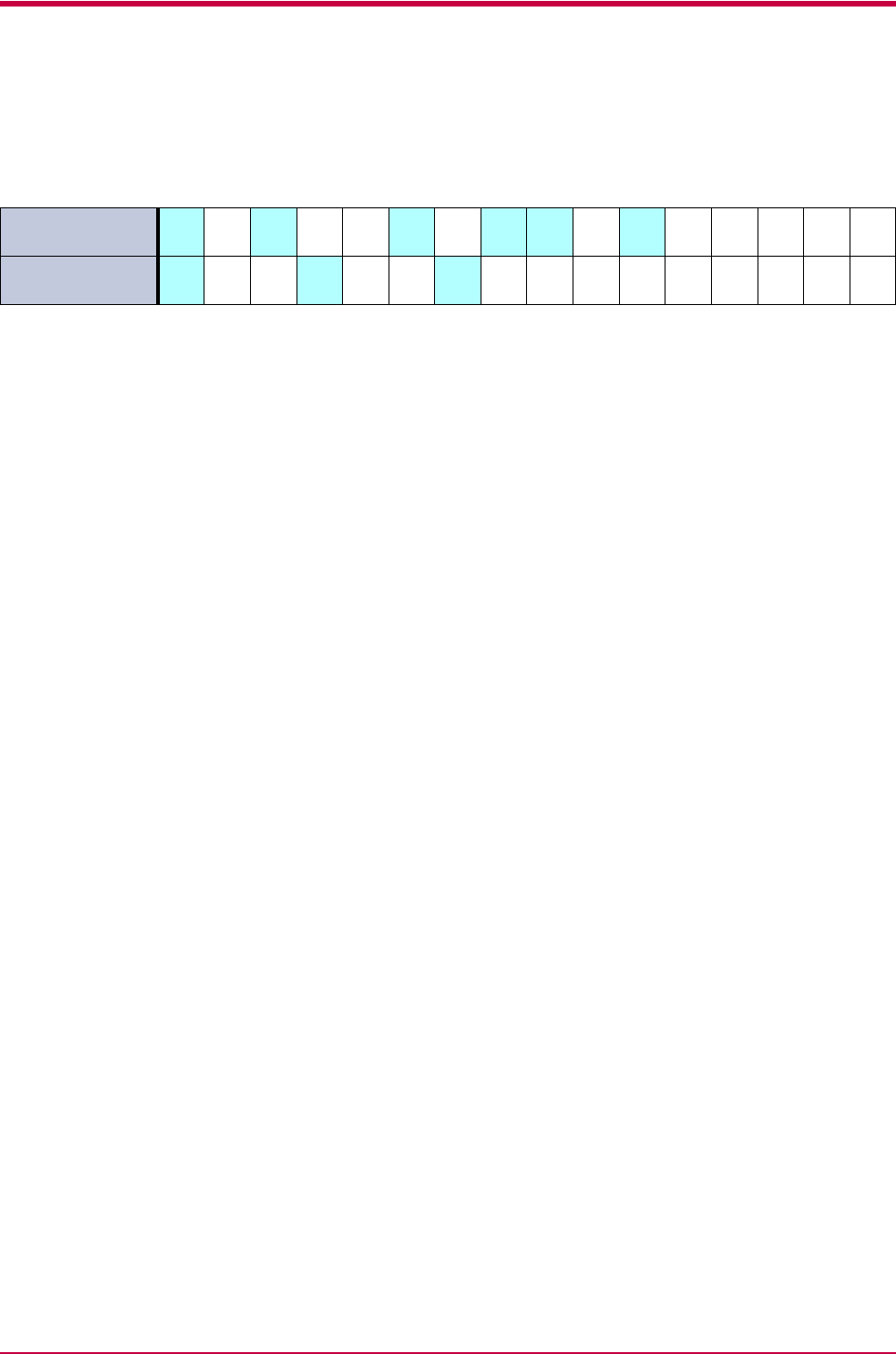
General Guidelines
2-5
Paper Weight Equivalence Table
Paper weight is listed with expression in U.S. bond weight (lb) and
European metric (g/m²). The shaded point indicates the standard weight.
Thickness (Caliper)
Thick paper is referred to as high-caliper paper and thin paper as low-
caliper paper. The paper used with the printer should be neither extremely
thick nor extremely thin. If you are having problems with paper jams,
multiple feeds, and faint printing, the paper you are using may be too thin.
If you are having problems with paper jams and blurred printing, the
paper may be too thick. The proper thickness is 0.086 to 0.110 mm (3.4 to
4.3 mils).
Moisture Content
Moisture content is defined as the percent ratio of moisture to the dry mass
of the paper. Moisture can affect the paper’s appearance, feedability, curl,
electrostatic properties, and toner fusing characteristics.
The moisture content of the paper varies with the relative humidity in the
room. When the relative humidity is high and the paper absorbs moisture,
the paper edges expand, becoming wavy in appearance. When the relative
humidity is low and the paper loses moisture, the edges shrink and
tighten, and print contrast may suffer.
Wavy or tight edges can cause misfeeding and alignment anomalies. The
moisture content of the paper should be 4 to 6%.
To ensure the proper moisture content, it is important to store the paper in
a controlled environment. Some tips on moisture control are:
• Store paper in a cool, dry location.
• Keep the paper in its wrapping as long as possible. Rewrap paper that
is not in use.
• Store paper in its original carton. Place a pallet, etc., under the carton
to separate it from the floor.
• After removing paper from storage, let it stand in the same room as the
printer for 48 hours before use.
• Avoid leaving paper where it is exposed to heat, sunlight, or damp.
U. S. Bond
Weight (lb)
16 17 20 21 22 24 27 28 32 34 36 39 42 43 47 53
Europe Metric
Weight (g/m²)
60 64 75 80 81 90 100 105 120 128 135 148 157 163 176 199


















